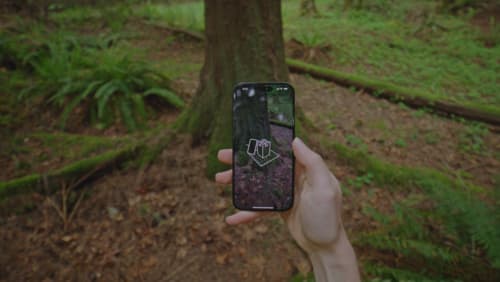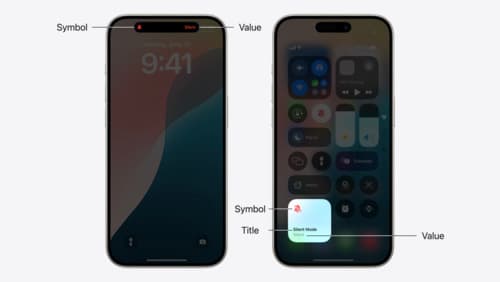How do I setup Focus Filters?
Asked on 2024-07-31
1 search
To set up Focus Filters, you can follow the steps outlined in the session "Extend your app’s controls across the system" from WWDC 2024. This session provides a comprehensive guide on creating and configuring controls that can be integrated into various system spaces, including Focus Filters.
Here is a brief overview of the steps you might follow:
- Learn about controls: Understand the basics of creating controls that can be used across the system.
- Build a control: Create a control that can be placed in Control Center, the Lock Screen, or the Action Button.
- Update toggle states: Ensure your control can update its state based on user interactions.
- Make controls configurable: Add options to configure your control to suit different user needs.
- Add refinements: Fine-tune your control to provide a seamless user experience.
For a detailed walkthrough, you can watch the session Extend your app’s controls across the system starting from the "Learn about controls" chapter.
Relevant Sessions
If you need more specific details or code examples, please refer to the session directly.

Discover area mode for Object Capture
Discover how area mode for Object Capture enables new 3D capture possibilities on iOS by extending the functionality of Object Capture to support capture and reconstruction of an area. Learn how to optimize the quality of iOS captures using the new macOS sample app for reconstruction, and find out how to view the final results with Quick Look on Apple Vision Pro, iPhone, iPad or Mac. Learn about improvements to 3D reconstruction, including a new API that allows you to create your own custom image processing pipelines.

Extend your app’s controls across the system
Bring your app’s controls to Control Center, the Lock Screen, and beyond. Learn how you can use WidgetKit to extend your app’s controls to the system experience. We’ll cover how you can to build a control, tailor its appearance, and make it configurable.

Explore object tracking for visionOS
Find out how you can use object tracking to turn real-world objects into virtual anchors in your visionOS app. Learn how you can build spatial experiences with object tracking from start to finish. Find out how to create a reference object using machine learning in Create ML and attach content relative to your target object in Reality Composer Pro, RealityKit or ARKit APIs.
